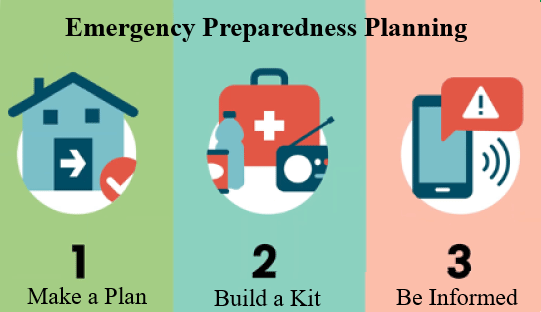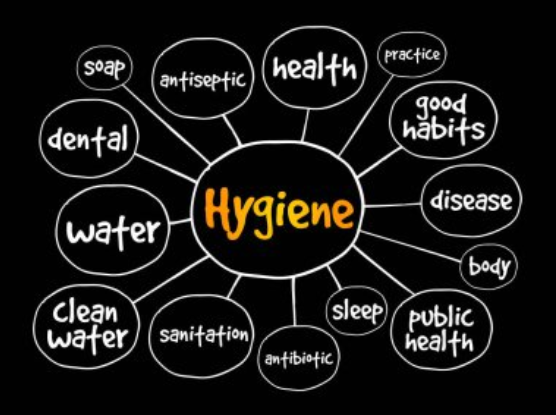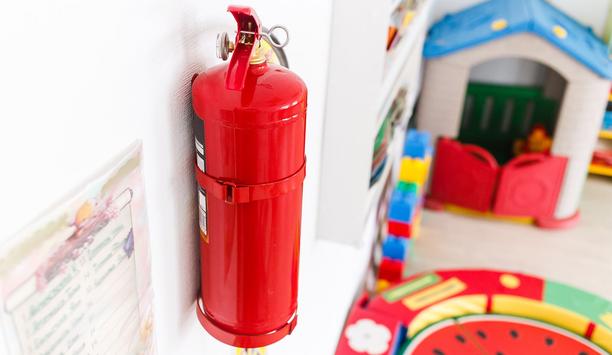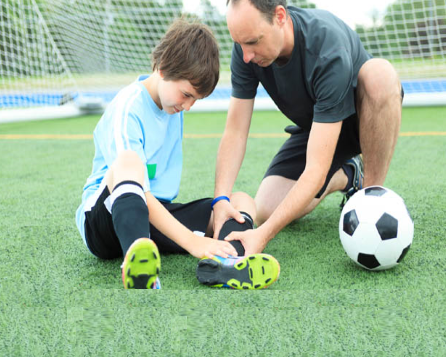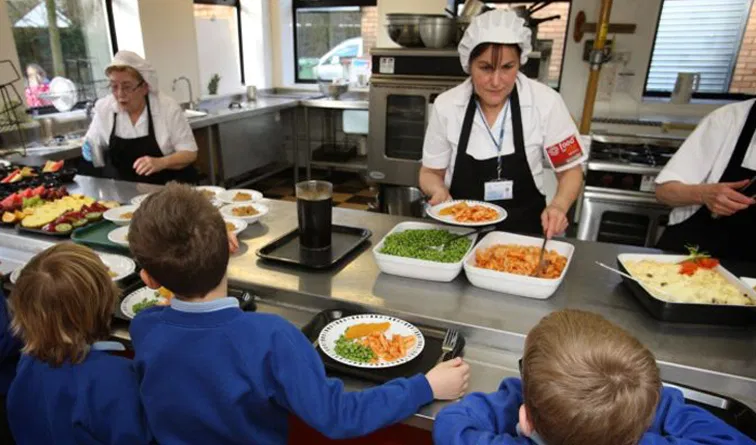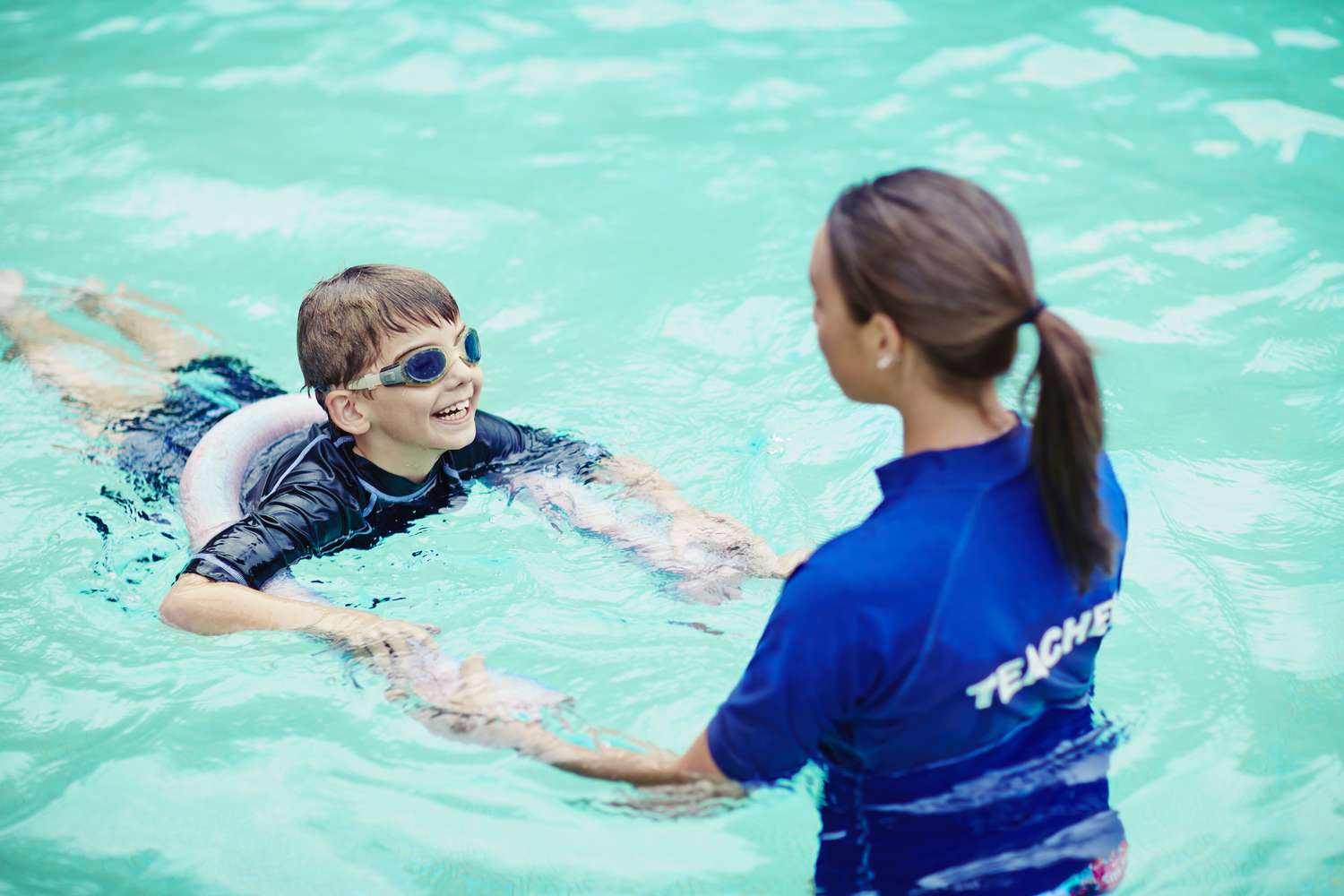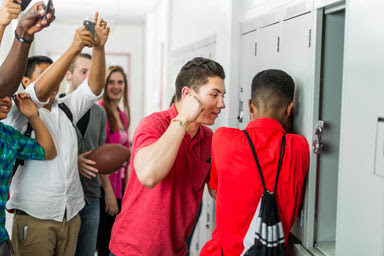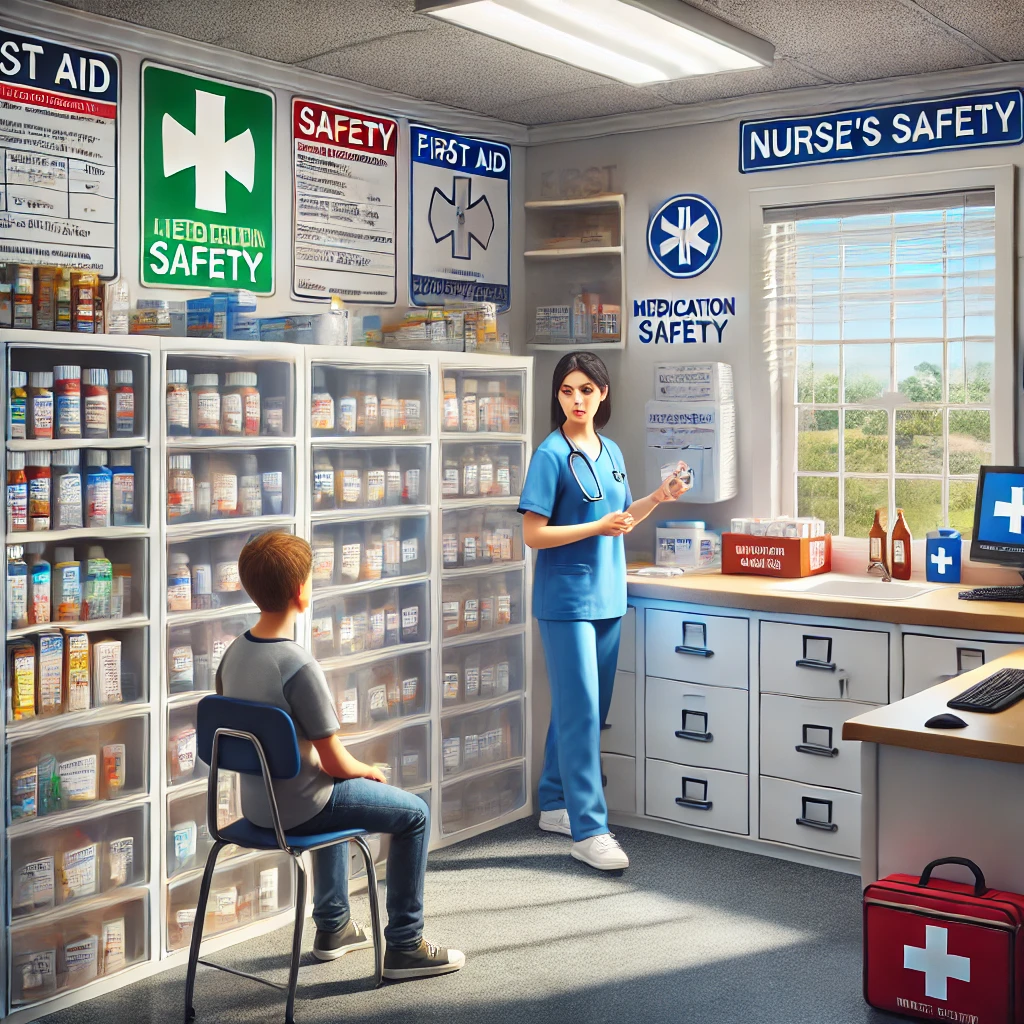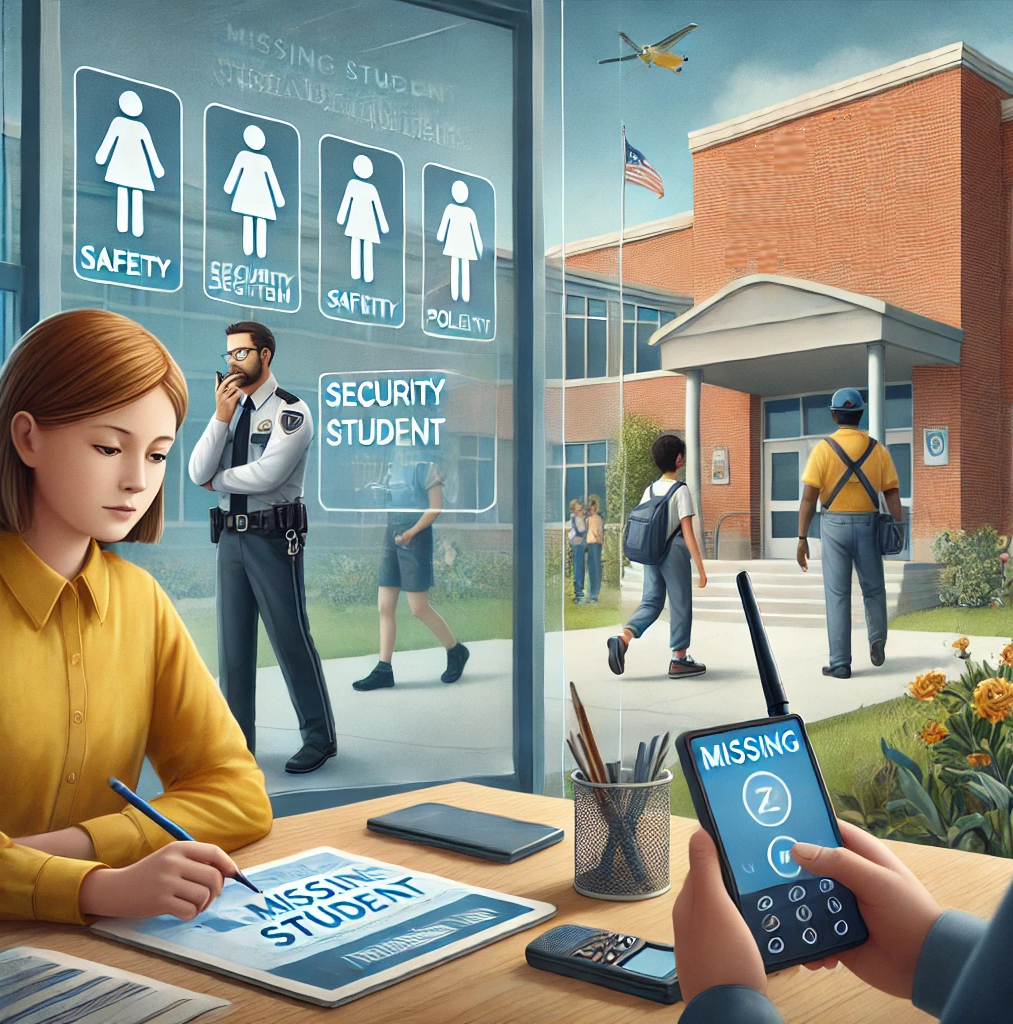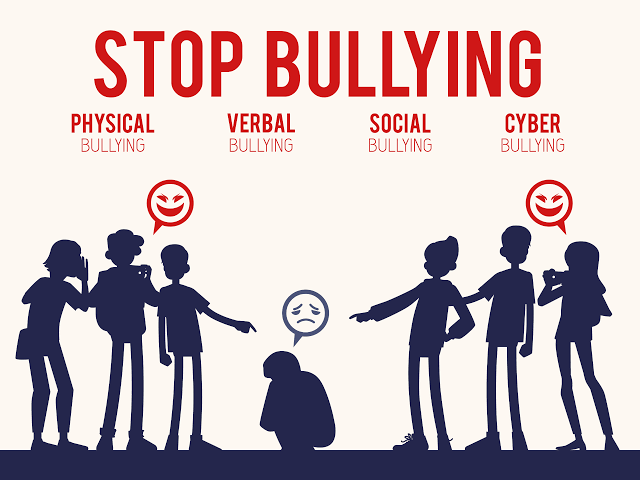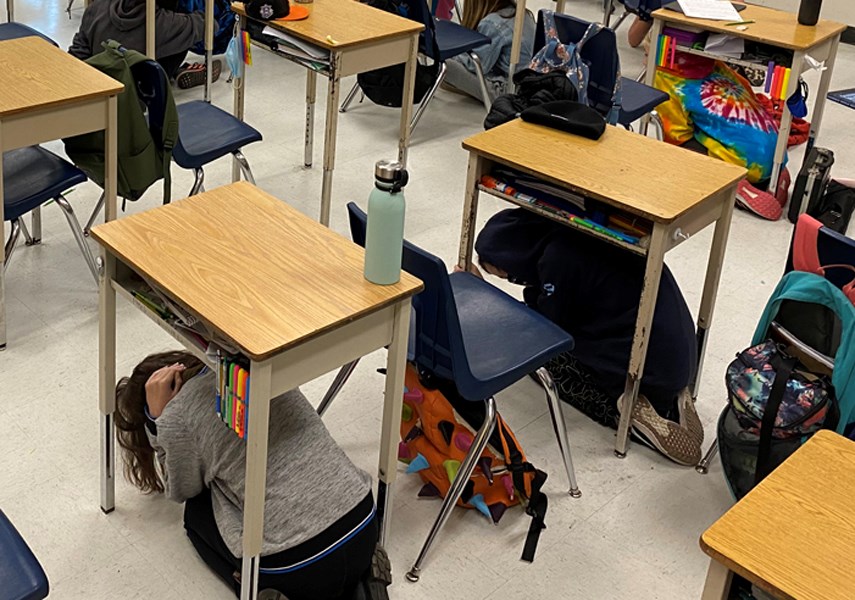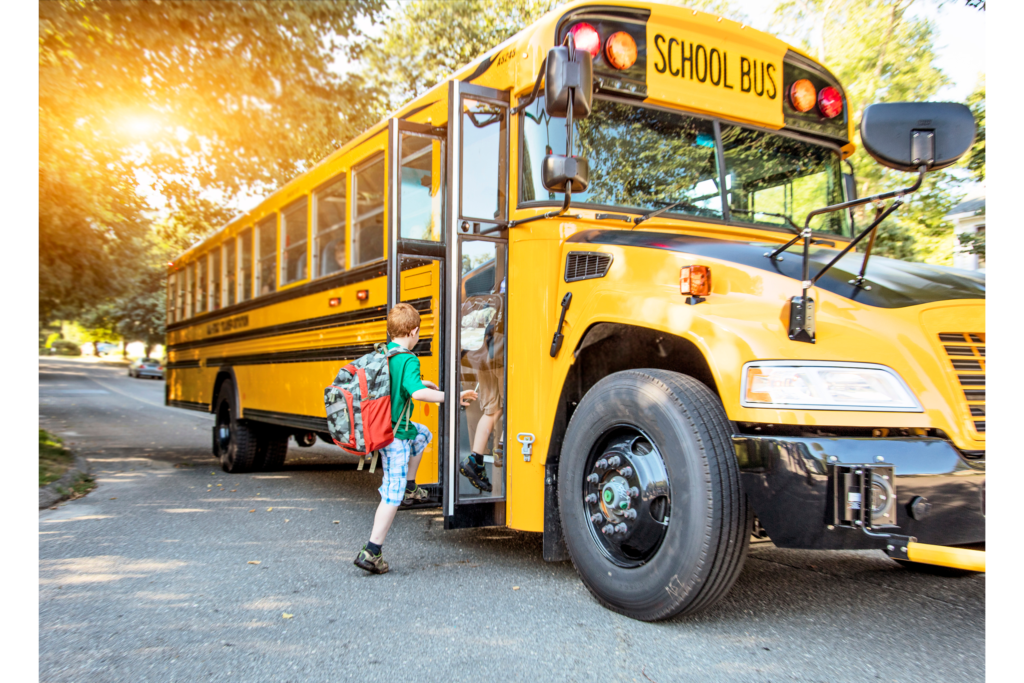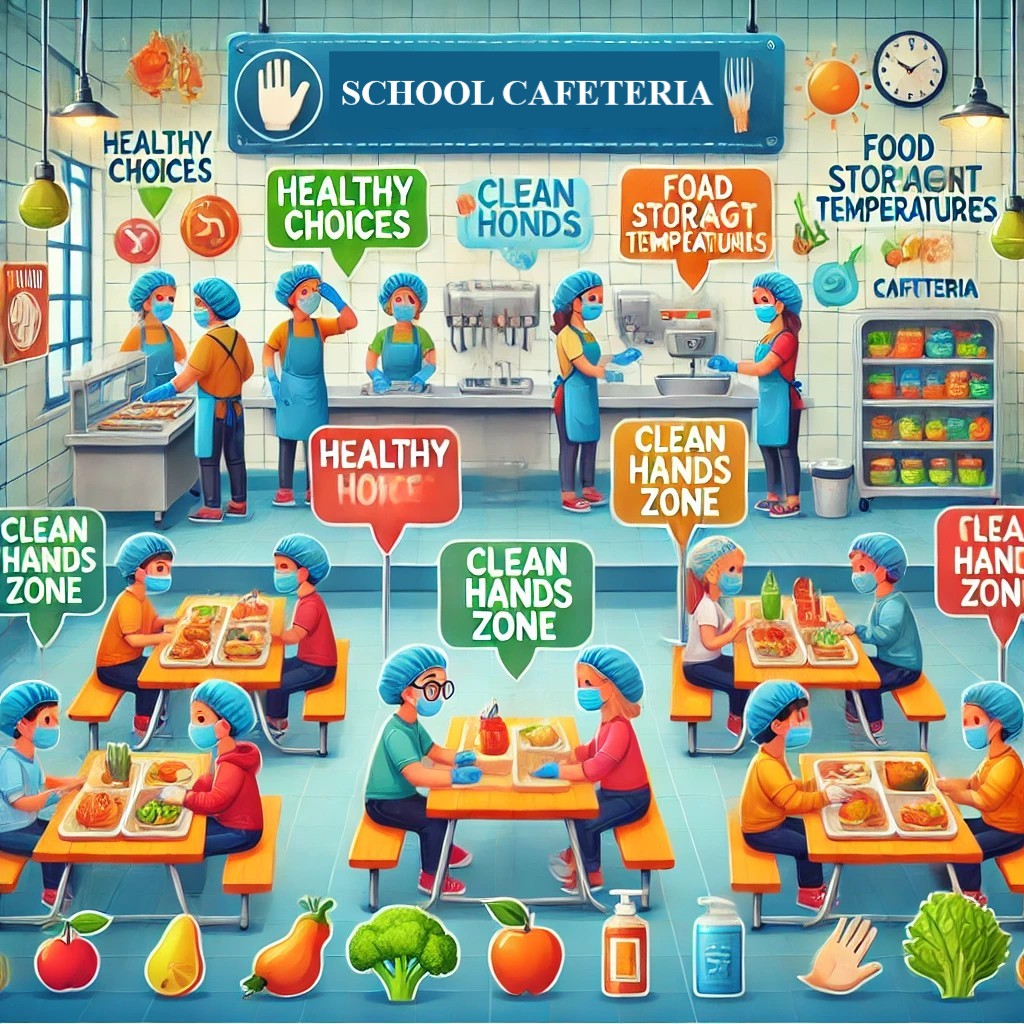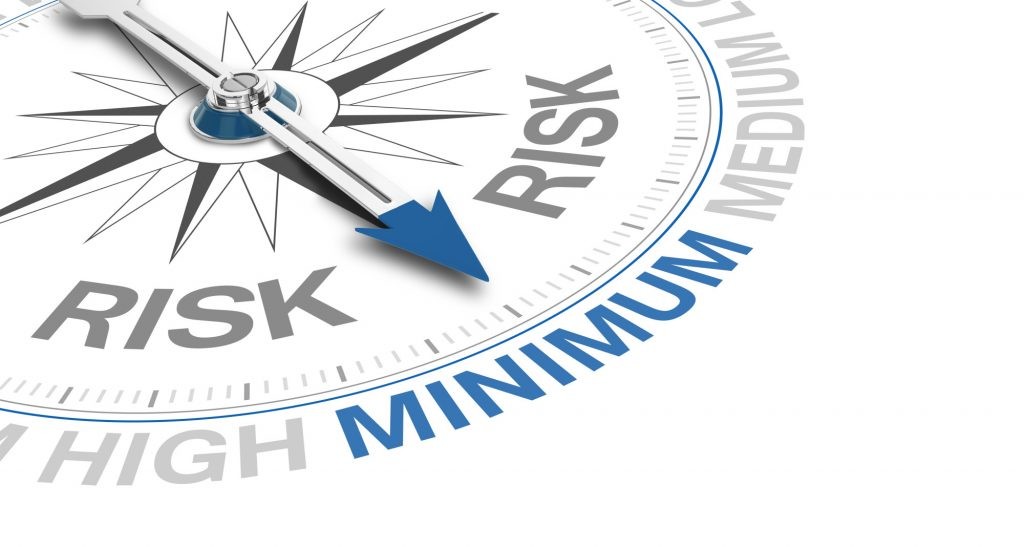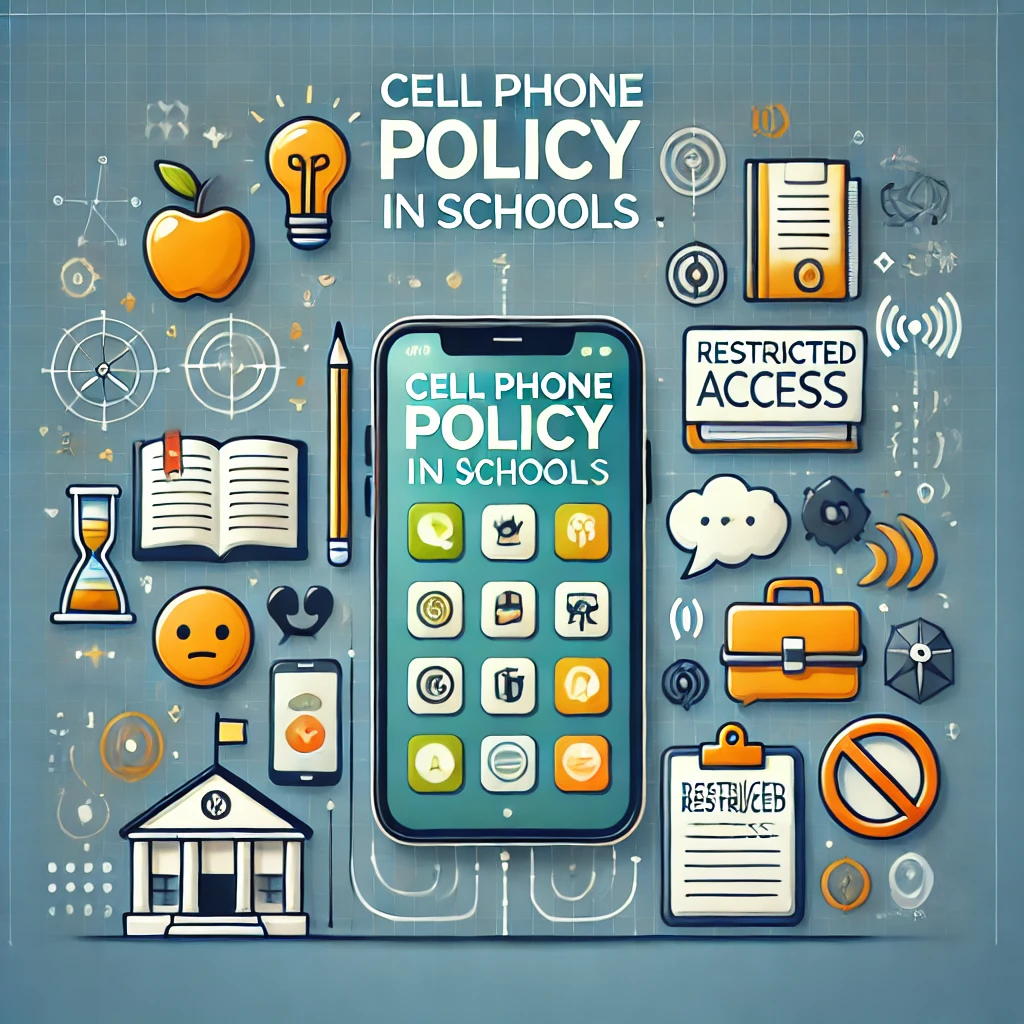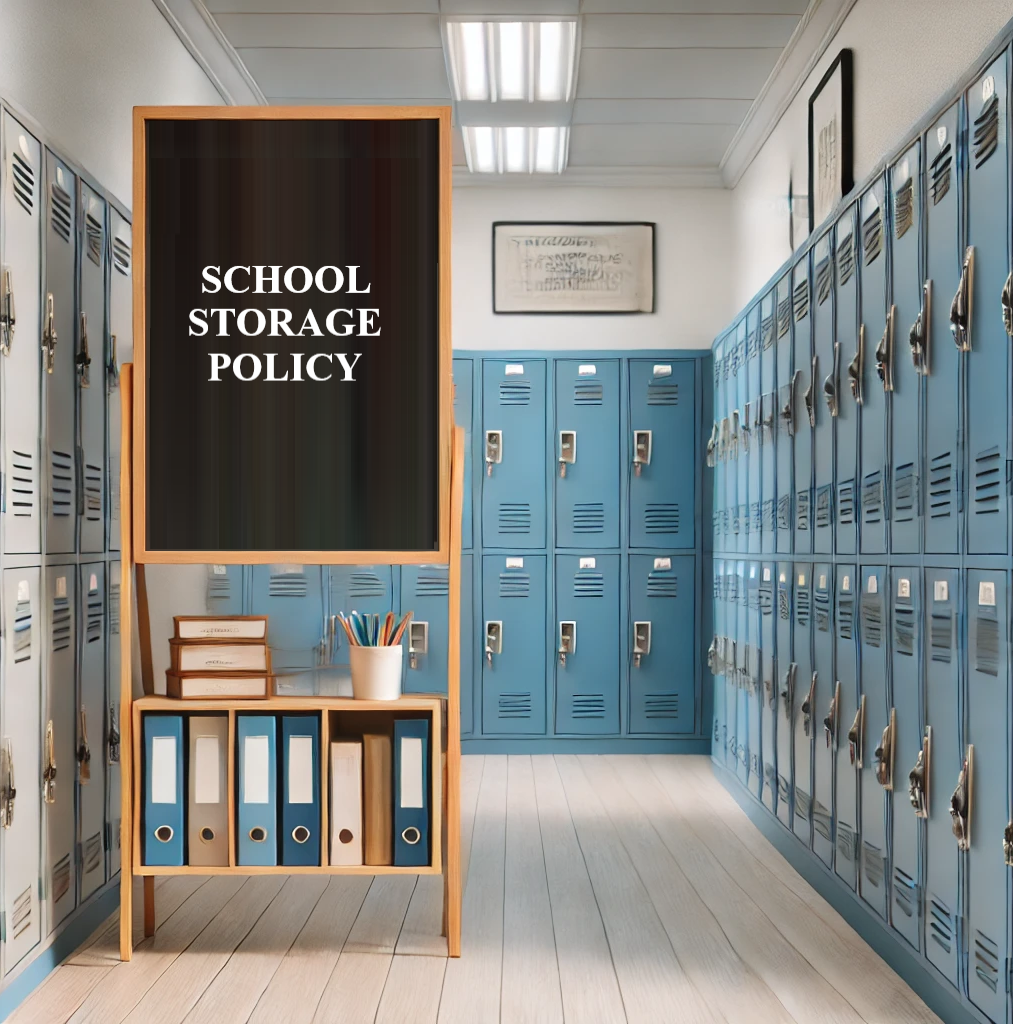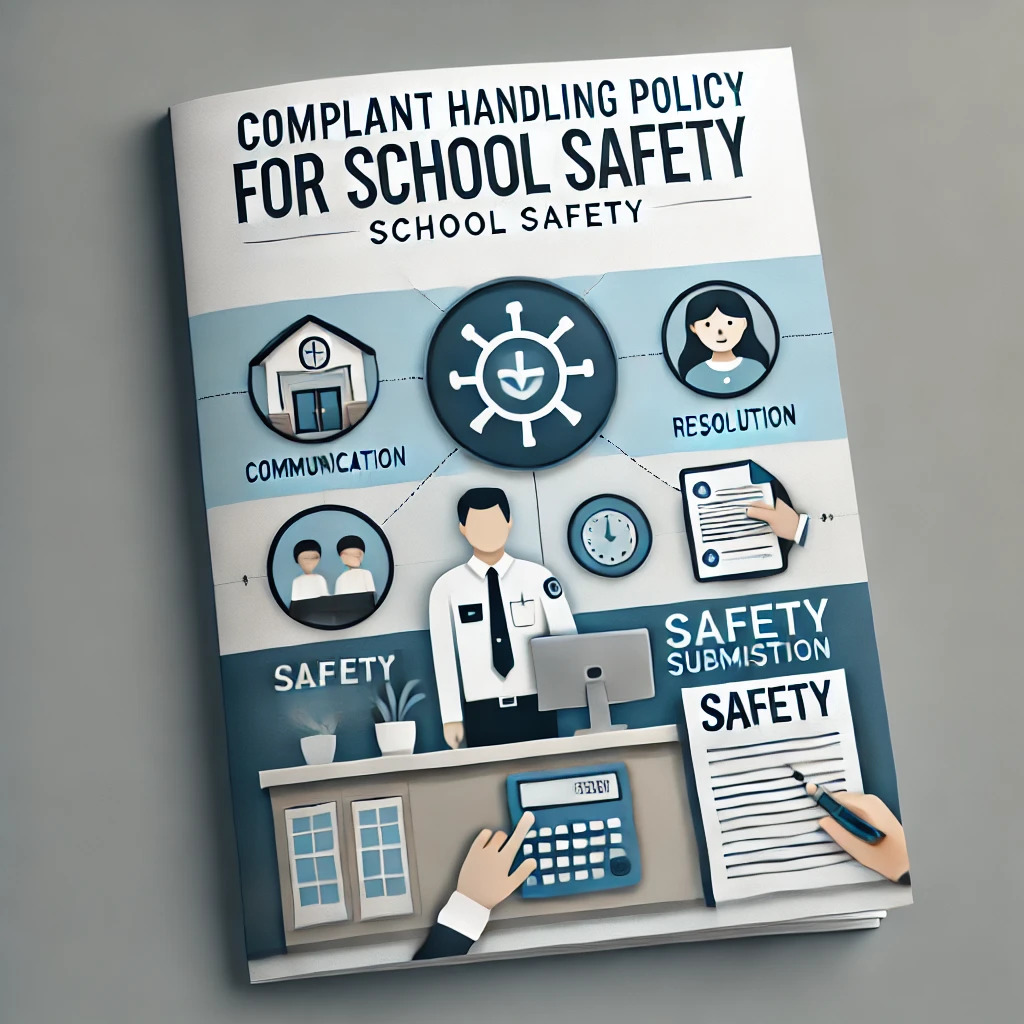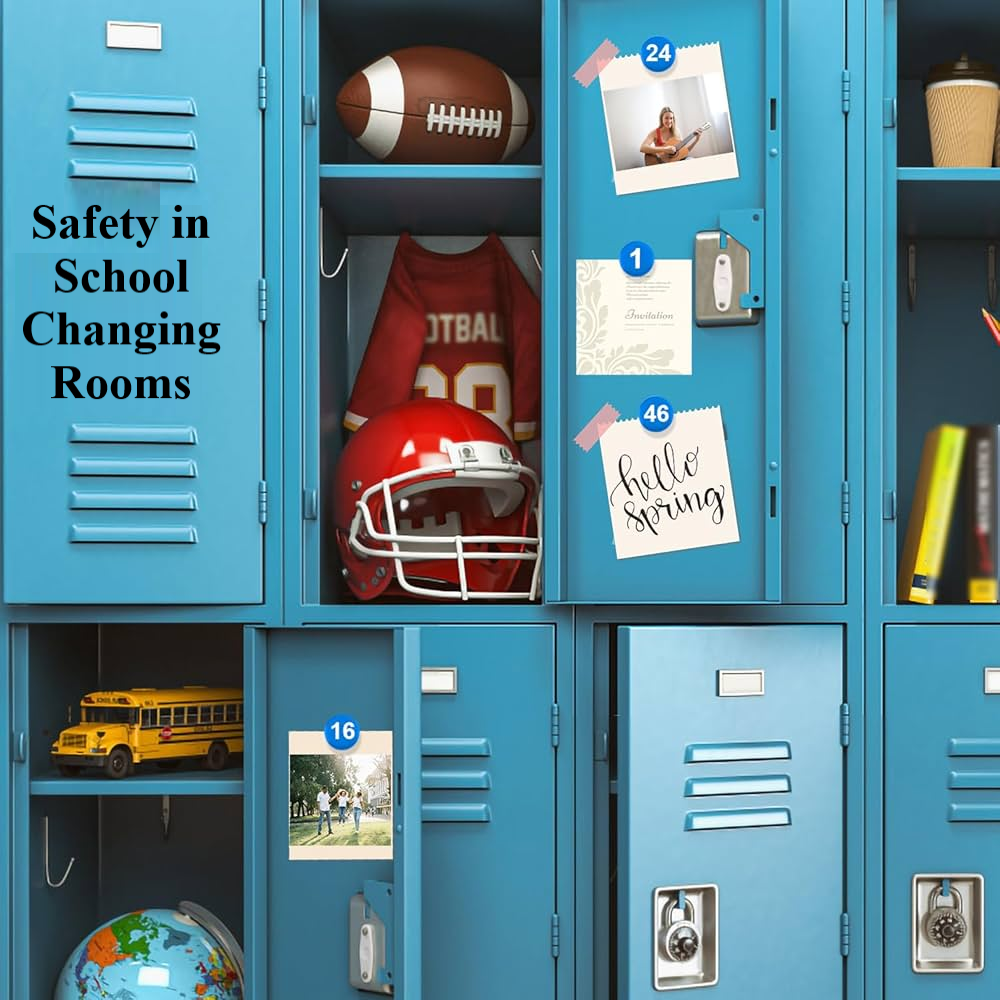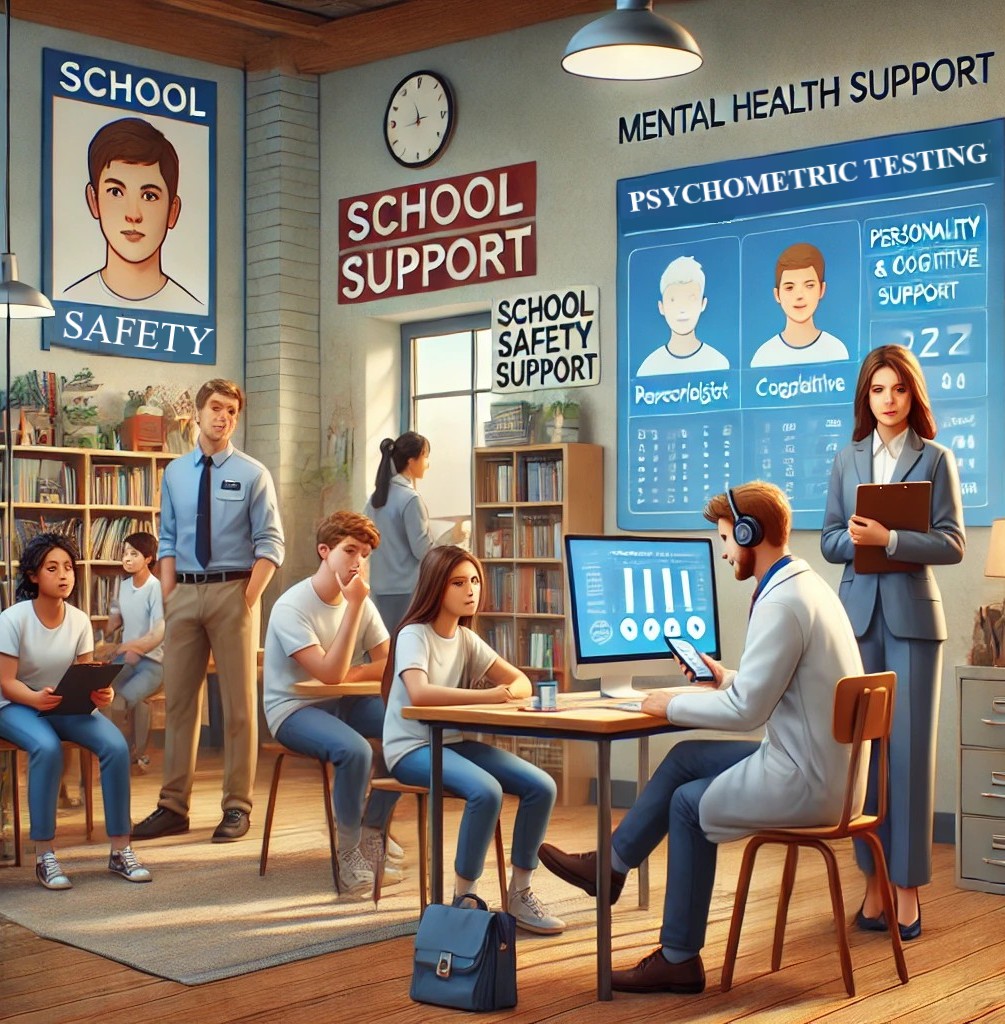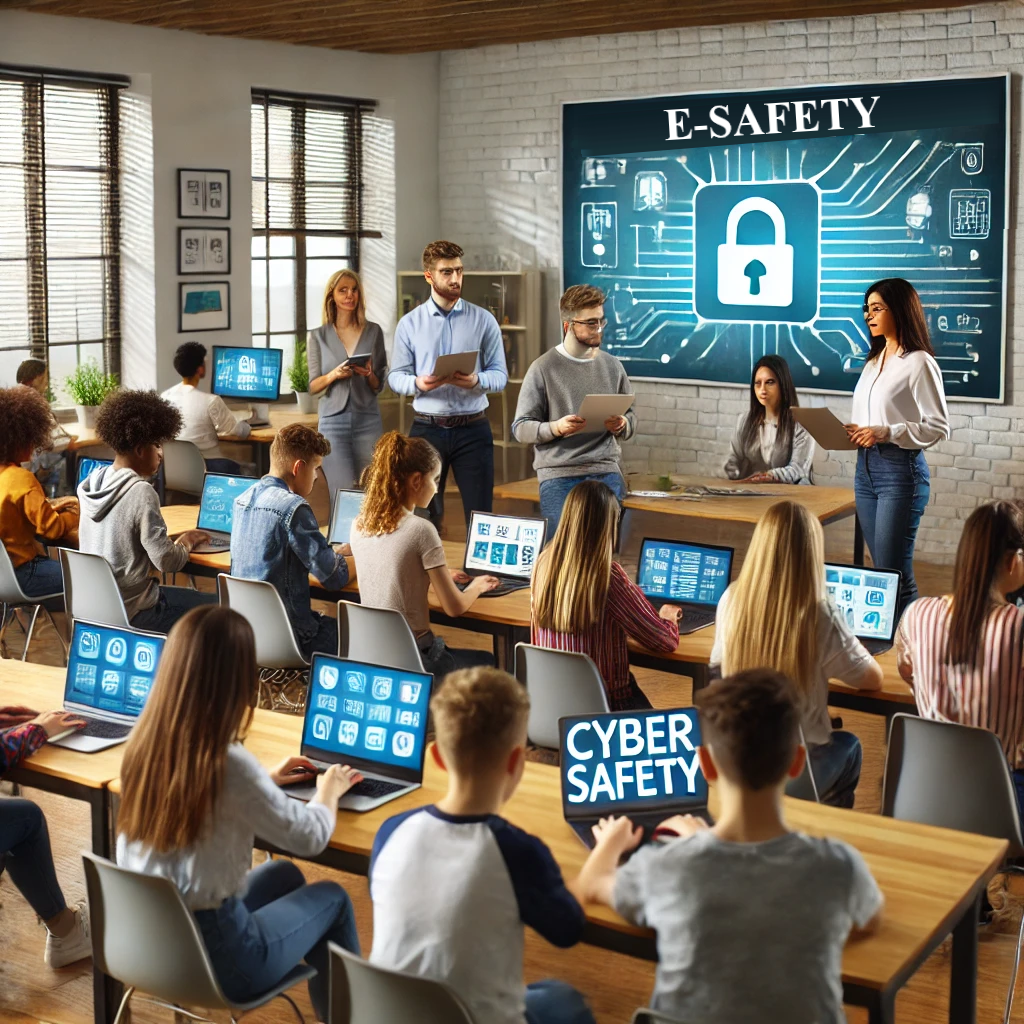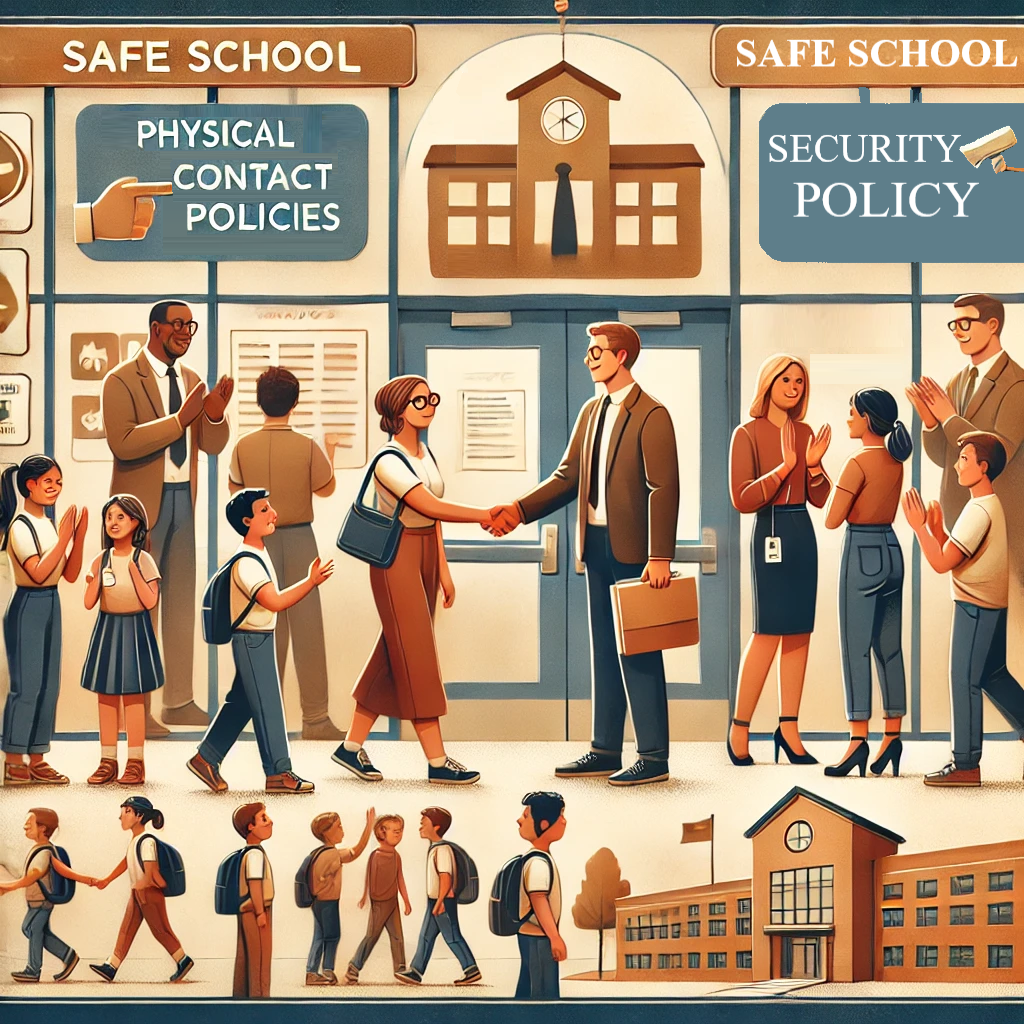Comprehensive Emergency Preparedness in Schools
Schools are hubs of
learning and personal growth, making it vital to safeguard students and staff
through emergency preparedness planning. A comprehensive emergency preparedness
plan creates a robust framework to mitigate risks, respond effectively, and recover
swiftly from potential crises.
The first step in
such planning involves identifying risks and hazards specific to the school
environment. Natural disasters such as earthquakes, floods, and tornadoes,
along with human-induced threats like active shooter situations or bomb
threats, must be considered. Risk assessments provide a foundation for tailored
emergency protocols, ensuring the school is equipped to handle diverse
scenarios.
Once risks are
identified, the next step is drafting a detailed emergency preparedness plan.
This document should include step-by-step actions for communication,
evacuation, lockdowns, and reunification with families post-emergency.
Communication protocols are particularly critical. Schools must establish clear
channels to notify staff, students, and parents of developing situations.
Training is the
cornerstone of preparedness. Staff must be well-versed in their roles during an
emergency, requiring regular drills to simulate real-life situations. Students,
too, should be involved in these exercises to instill a sense of readiness without
causing panic. Moreover, comprehensive staff training in first aid and crisis
management significantly enhances the school’s capacity to address emergencies
effectively.
Physical security
measures complement emergency preparedness. Installing security cameras,
reinforcing door locks, and securing perimeters serve as deterrents and add
layers of protection. Equally important is maintaining an emergency supply kit
stocked with essentials like first-aid materials, water, flashlights, and
blankets.
Regular evaluation
and updates to the emergency plan ensure relevance in a dynamic environment.
Schools must review their strategies annually, incorporating lessons learned
from drills and evolving threats. By fostering a culture of preparedness,
schools can minimize disruption during emergencies and safeguard the well-being
of students and staff.
